Aluminum is a lightweight, strong, and versatile metal that is widely used in various industries, such as aerospace, military, and electrical. However, aluminum also has some drawbacks, such as its susceptibility to corrosion and surface damage. Corrosion is the deterioration of metal caused by chemical or electrochemical reactions with the environment. Surface damage is the physical or mechanical alteration of metal due to abrasion, impact, or fatigue. Both corrosion and surface damage can affect the appearance, functionality, and durability of aluminum parts.
To prevent or reduce corrosion and surface damage, aluminum parts need to be protected and enhanced by a surface treatment. A surface treatment is a process that modifies the surface of a metal to improve its properties or performance. One of the most common and effective surface treatments for aluminum is alodine.
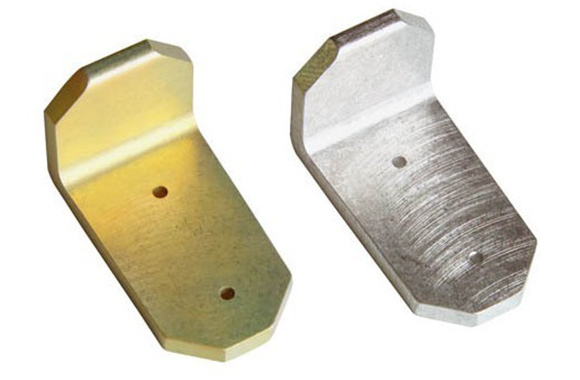
Alodine is a trade name for a chromate conversion coating that protects aluminum and other metals from corrosion. A chromate conversion coating is a thin layer of chromium compounds that forms on the surface of a metal when it reacts with a chromate solution. The chromate conversion coating acts as a barrier that prevents further corrosion of the metal substrate. It also provides a base for paint or other coatings to adhere to. Alodine is widely used in aerospace, military, and electrical applications because of its advantages over other surface treatments, such as anodizing or painting.
The alodine process is the process of applying alodine to aluminum parts. There are different methods of applying alodine, such as dipping, brushing, or spraying. The choice of method depends on the size, shape, and complexity of the parts, as well as the desired coating quality and thickness. The general steps of the alodine process are as follows:
• Cleaning: The aluminum parts are cleaned to remove any dirt, grease, oil, or oxide film that may interfere with the alodine reaction. The cleaning can be done by using alkaline or acidic cleaners, solvents, or abrasives.
• Rinsing: The aluminum parts are rinsed with water to remove any residues from the cleaning step. The rinsing can be done by using tap water, deionized water, or distilled water.
• Alodining: The aluminum parts are immersed, brushed, or sprayed with the alodine solution. The alodine solution contains hexavalent chromium, which reacts with the aluminum surface to form a chromate conversion coating. The alodining time, temperature, and concentration depend on the type and class of alodine, as well as the desired coating thickness and color. The alodining can be done by using immersion tanks, spray booths, or hand-held applicators.
• Rinsing: The aluminum parts are rinsed again with water to remove any excess alodine solution. The rinsing can be done by using tap water, deionized water, or distilled water.
• Drying: The aluminum parts are dried to complete the alodine process. The drying can be done by using air, oven, or infrared drying.
The alodine process can be done manually or automatically, depending on the scale and complexity of the production. The alodine process can also be combined with other surface treatments, such as painting, priming, or sealing, to further enhance the aluminum parts.
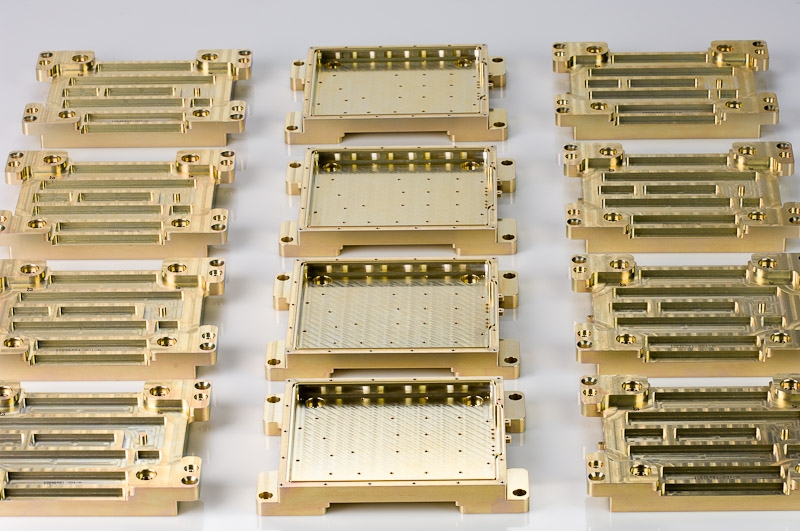
Alodine is not a single product, but a family of products that have different types and classes according to the MIL-DTL-5541 specification. The MIL-DTL-5541 specification is a military standard that defines the requirements and tests for chromate conversion coatings on aluminum and aluminum alloys. The specification classifies alodine into two types and four classes based on the composition and performance of the coating.
Type I alodine contains hexavalent chromium, which is a toxic and carcinogenic substance. Hexavalent chromium provides high corrosion resistance and electrical conductivity, but also poses environmental and health risks. Type I alodine is mainly used for military and aerospace applications that require high performance and durability.
Type II alodine contains trivalent chromium, which is a less toxic and less carcinogenic substance. Trivalent chromium provides moderate corrosion resistance and electrical conductivity, but also has lower environmental and health impacts. Type II alodine is mainly used for commercial and industrial applications that require lower performance and cost.
Class 1A alodine provides maximum corrosion protection and paint adhesion. Class 1A alodine is suitable for aluminum parts that are exposed to severe environmental conditions or require a long service life.
Class 3 alodine provides moderate corrosion protection and high electrical conductivity. Class 3 alodine is suitable for aluminum parts that are used as electrical or electronic components or require low contact resistance.
Class 1B alodine provides moderate corrosion protection and moderate paint adhesion. Class 1B alodine is suitable for aluminum parts that are exposed to mild environmental conditions or require a short service life.
Class 2 alodine provides low corrosion protection and low electrical conductivity. Class 2 alodine is suitable for aluminum parts that are used as decorative or cosmetic components or require a high gloss finish.
The type and class of alodine can be identified by the color and thickness of the coating. The color and thickness of the coating depend on the concentration, temperature, and time of the alodine solution, as well as the alloy and surface condition of the aluminum substrate. The following table summarizes the typical color and thickness ranges for each type and class of alodine:
The type and class of alodine should be selected according to the specific application and requirements of the aluminum parts. The type and class of alodine should also be compatible with the alloy and surface condition of the aluminum substrate. Some aluminum alloys, such as high-silicon or high-copper alloys, may not form a uniform or adherent alodine coating. Some surface conditions, such as anodized or painted surfaces, may not allow the alodine solution to penetrate or react with the aluminum substrate. Therefore, it is important to test and verify the suitability and performance of the alodine coating before applying it to the aluminum parts.
Alodine coatings can have different colors, such as clear, gold, or green. The color of the alodine coating is related to the composition and corrosion resistance of the coating. The color of the alodine coating is also influenced by the alloy and surface condition of the aluminum substrate, as well as the concentration, temperature, and time of the alodine solution.
The most common colors of alodine are clear and gold. Clear alodine is a transparent or slightly iridescent coating that has a low concentration of chromium compounds. Clear alodine provides moderate corrosion resistance and electrical conductivity, but also has lower environmental and health impacts. Clear alodine is mainly used for commercial and industrial applications that require lower performance and cost. Gold alodine is a yellow or brown coating that has a high concentration of chromium compounds. Gold alodine provides high corrosion resistance and electrical conductivity, but also poses higher environmental and health risks. Gold alodine is mainly used for military and aerospace applications that require high performance and durability.
Other colors of alodine are less common and have specific applications. Green alodine is a green or olive coating that has a medium concentration of chromium compounds. Green alodine provides moderate corrosion resistance and electrical conductivity, but also has a distinctive appearance. Green alodine is mainly used for military applications that require camouflage or identification. Blue alodine is a blue or violet coating that has a low concentration of chromium compounds. Blue alodine provides low corrosion resistance and electrical conductivity, but also has a high gloss finish. Blue alodine is mainly used for decorative or cosmetic applications that require a high aesthetic appeal.
The color of the alodine coating can be measured by using a colorimeter, which is a device that measures the color of a surface by comparing it to a standard color scale. The colorimeter can provide a numerical value for the color of the alodine coating, such as the CIE Lab* color space, which is a three-dimensional color space that represents the lightness, red-green, and yellow-blue components of a color. The colorimeter can also provide a visual representation of the color of the alodine coating, such as the Munsell color system, which is a color system that organizes colors into hue, value, and chroma. The following table shows some examples of the color values and representations of different alodine coatings:
The color of the alodine coating can affect the appearance, functionality, and durability of the aluminum parts. The color of the alodine coating can also indicate the quality and performance of the coating. Therefore, it is important to select and control the color of the alodine coating according to the specific application and requirements of the aluminum parts.
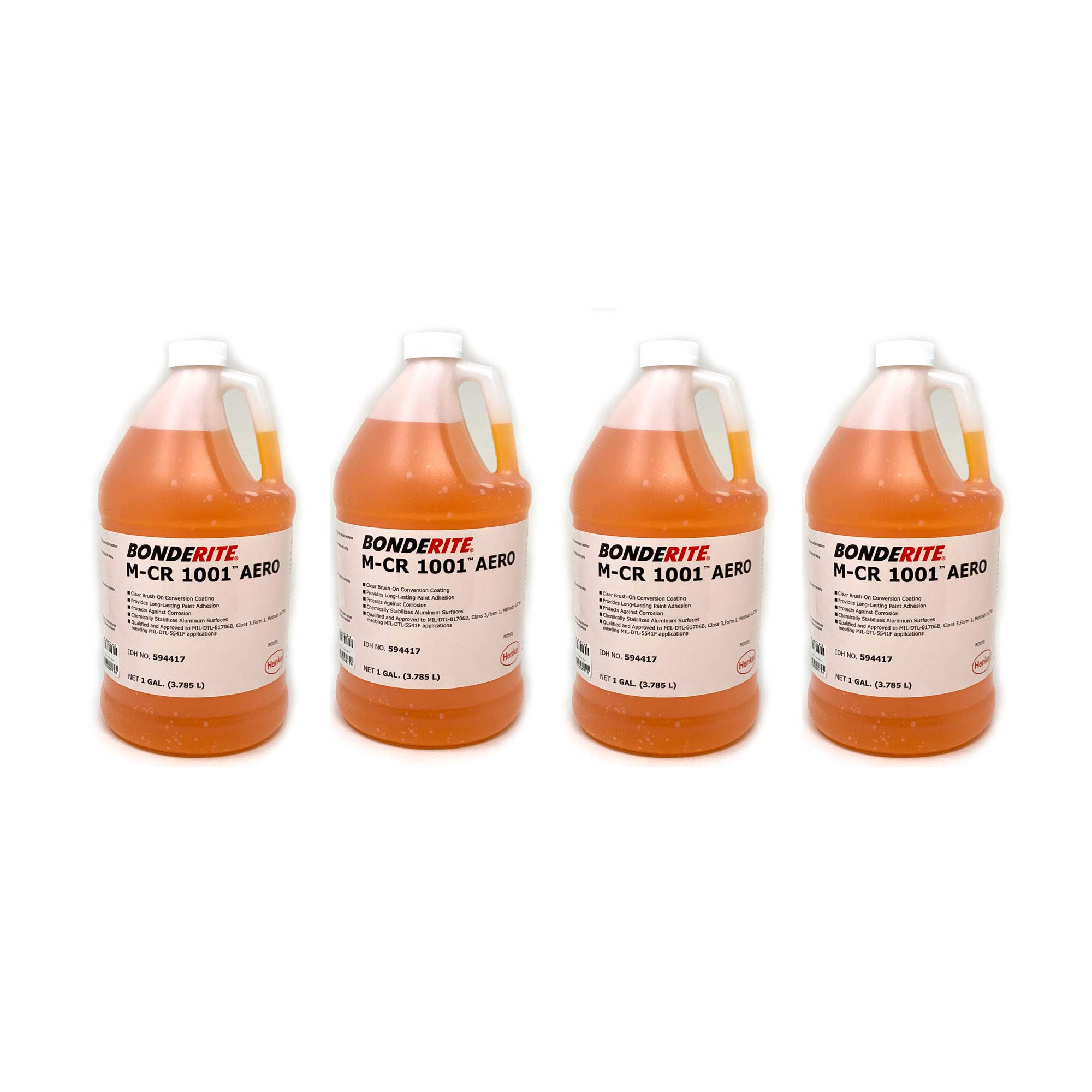
Alodine is a trademark of Henkel, a global leader in adhesives, sealants, and surface treatments. Henkel offers a wide range of alodine products for different applications and requirements. Some of the popular alodine products from Henkel are:
Alodine 1001 is a liquid product that contains hexavalent chromium and provides a gold to brown alodine coating. Alodine 1001 is a type I, class 1A product that meets the MIL-DTL-5541 specification. Alodine 1001 is suitable for immersion or spray application and provides maximum corrosion protection and paint adhesion. Alodine 1001 is mainly used for aerospace and military applications that require high performance and durability.
Alodine 5700 is a liquid product that contains trivalent chromium and provides a clear to iridescent alodine coating. Alodine 5700 is a type II, class 1A product that meets the MIL-DTL-5541 specification. Alodine 5700 is suitable for immersion or spray application and provides moderate corrosion protection and paint adhesion. Alodine 5700 is mainly used for commercial and industrial applications that require lower performance and cost.
Alodine Stick is a solid product that contains hexavalent chromium and provides a yellow to brown alodine coating. Alodine Stick is a type I, class 3 product that meets the MIL-DTL-5541 specification. Alodine Stick is suitable for brush application and provides moderate corrosion protection and high electrical conductivity. Alodine Stick is mainly used for touch-up or repair of alodine coatings or for small or complex parts that are difficult to alodine by immersion or spray.
These are some of the alodine products from Henkel that are available in the market. However, there are many other alodine products from Henkel or other manufacturers that have different features and uses. Therefore, it is important to consult the product data sheets and technical manuals before selecting and using any alodine product.
This article covers alodine, its functionality, and significance in safeguarding and enhancing aluminum performance. It delves into application techniques, various types, classes following MIL-DTL-5541 specifications, color variations, and highlights popular Henkel alodine products. Our aim is to offer valuable insights into alodine and its diverse applications, providing useful information for your reference.If you need Alodine surface finishing services, you can contact Richconn, we can provide you with one-stop metal surface treatment.
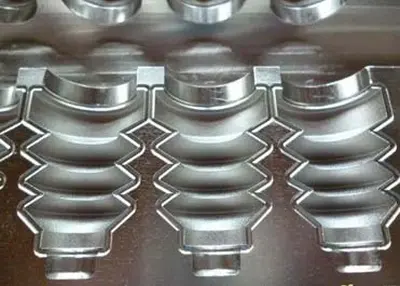 Must-Read for Procurement Professionals! 2023 Report on China's Rubber Molds and Parts IndustryAugust 16, 2023Overview: This report provides an in-depth analysis of the development trends, competitive landscape, and key characteristics of China's rubber molds and parts industry in 2023. It serves as an im...view
Must-Read for Procurement Professionals! 2023 Report on China's Rubber Molds and Parts IndustryAugust 16, 2023Overview: This report provides an in-depth analysis of the development trends, competitive landscape, and key characteristics of China's rubber molds and parts industry in 2023. It serves as an im...view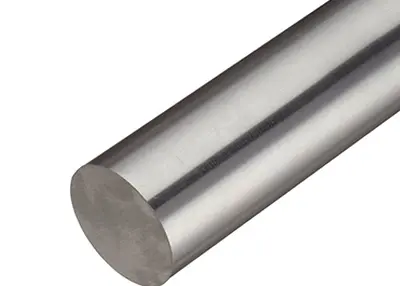 Material Properties in More DetailOctober 18, 2023The functionality of a part is largely dependent on obvious factors such as shape, size, wall thickness, joints, etc. Less obvious, but equally important, are the properties of the material from which it is injection molded, CNC machined, or 3D printed (cut, bent, formed, etc.).view
Material Properties in More DetailOctober 18, 2023The functionality of a part is largely dependent on obvious factors such as shape, size, wall thickness, joints, etc. Less obvious, but equally important, are the properties of the material from which it is injection molded, CNC machined, or 3D printed (cut, bent, formed, etc.).view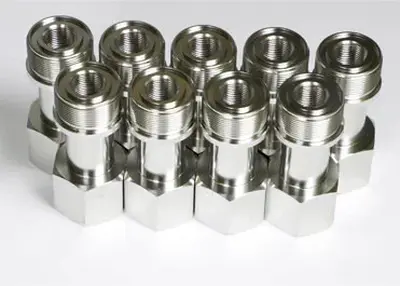 Ten Questions and Answers About Stainless Steel Valves: Unlocking the Secrets of Check ValvesAugust 11, 2023IntroductionIn this comprehensive article, we will delve deep into the mysteries of stainless steel valves, with a particular focus on the working principles and applications of check valves across di...view
Ten Questions and Answers About Stainless Steel Valves: Unlocking the Secrets of Check ValvesAugust 11, 2023IntroductionIn this comprehensive article, we will delve deep into the mysteries of stainless steel valves, with a particular focus on the working principles and applications of check valves across di...view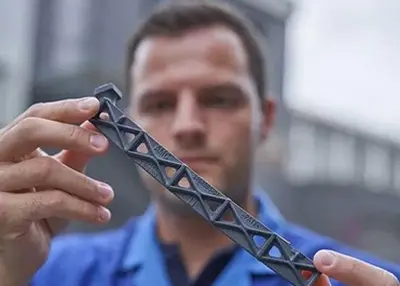 Exploring Nylon: A World of PossibilitiesSeptember 28, 2023Nylon's remarkable strength and versatility have made it a cornerstone of the textile industry. From silky stockings to rugged outdoor wear, nylon fibers have revolutionized our wardrobes.view
Exploring Nylon: A World of PossibilitiesSeptember 28, 2023Nylon's remarkable strength and versatility have made it a cornerstone of the textile industry. From silky stockings to rugged outdoor wear, nylon fibers have revolutionized our wardrobes.view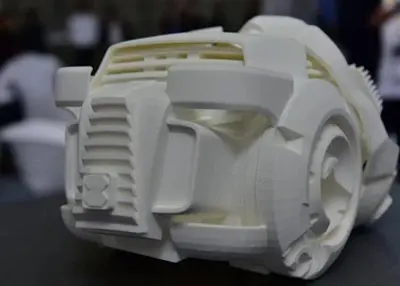 The Beginner's Guide to the 3D Printing ProcessMay 5, 2024This article explains what 3D printing is, the materials it uses, its advantages, processes and techniques, applications, and more. Read on and get the best custom 3D printing services.view
The Beginner's Guide to the 3D Printing ProcessMay 5, 2024This article explains what 3D printing is, the materials it uses, its advantages, processes and techniques, applications, and more. Read on and get the best custom 3D printing services.view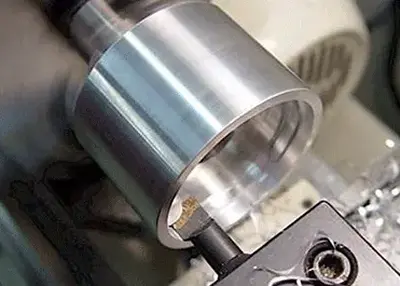 Boring Machining Process GuideNovember 22, 2023In CNC machining, boring technology is used as a precision machining process with a spindle mounted sleeve. Boring is a machining process in which the internal surface of a workpiece is cut by a rotating tool on a boring machine to determine the precise hole diameter and surface quality.view
Boring Machining Process GuideNovember 22, 2023In CNC machining, boring technology is used as a precision machining process with a spindle mounted sleeve. Boring is a machining process in which the internal surface of a workpiece is cut by a rotating tool on a boring machine to determine the precise hole diameter and surface quality.view